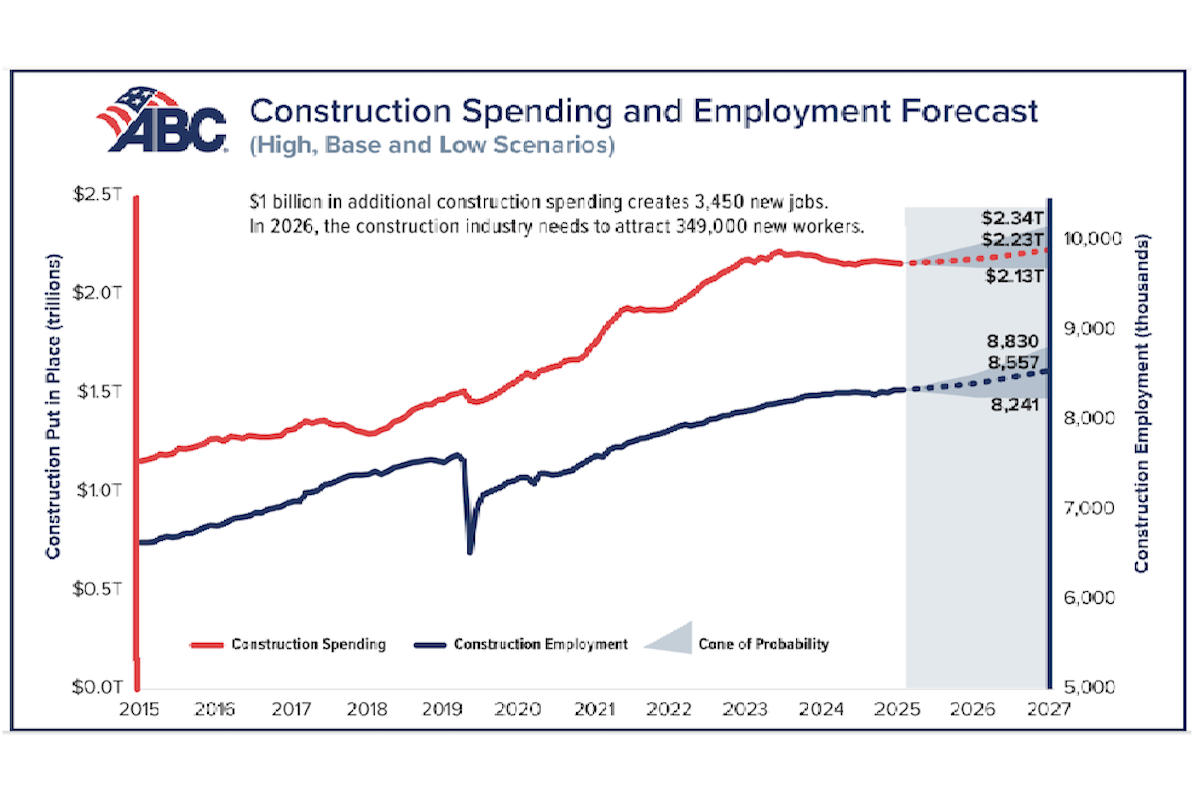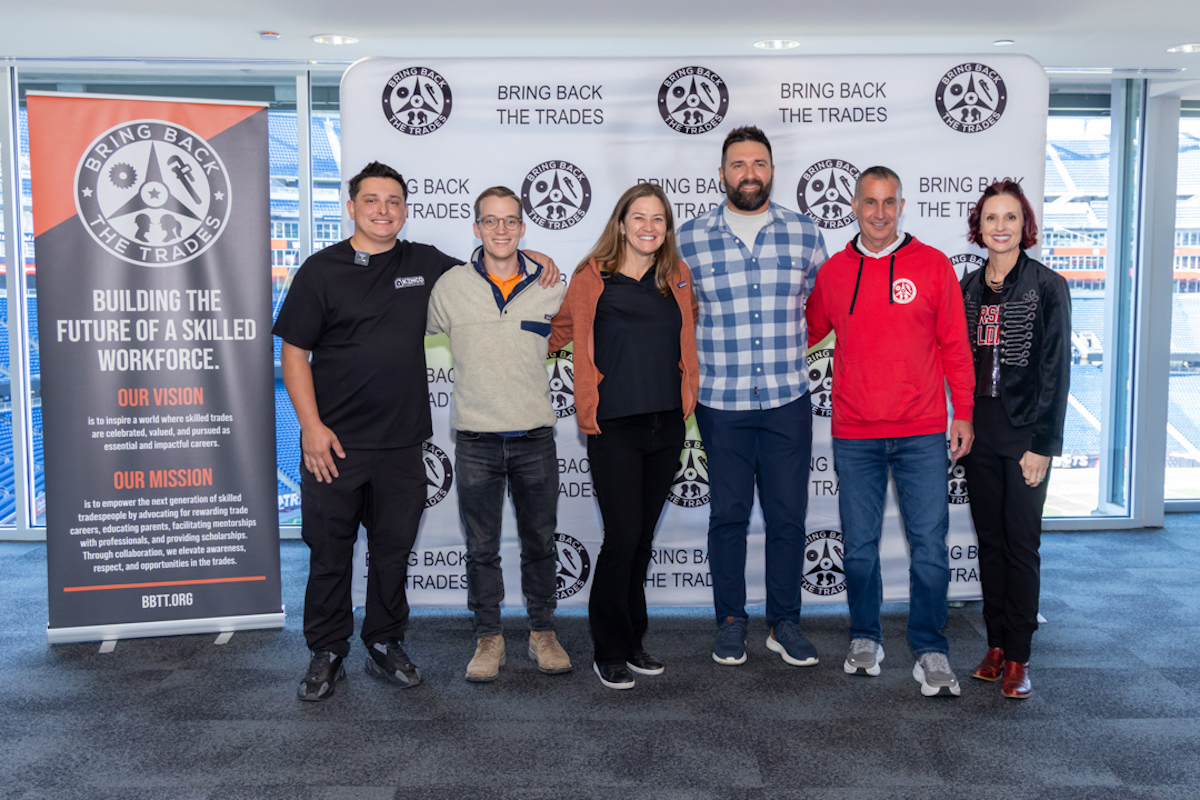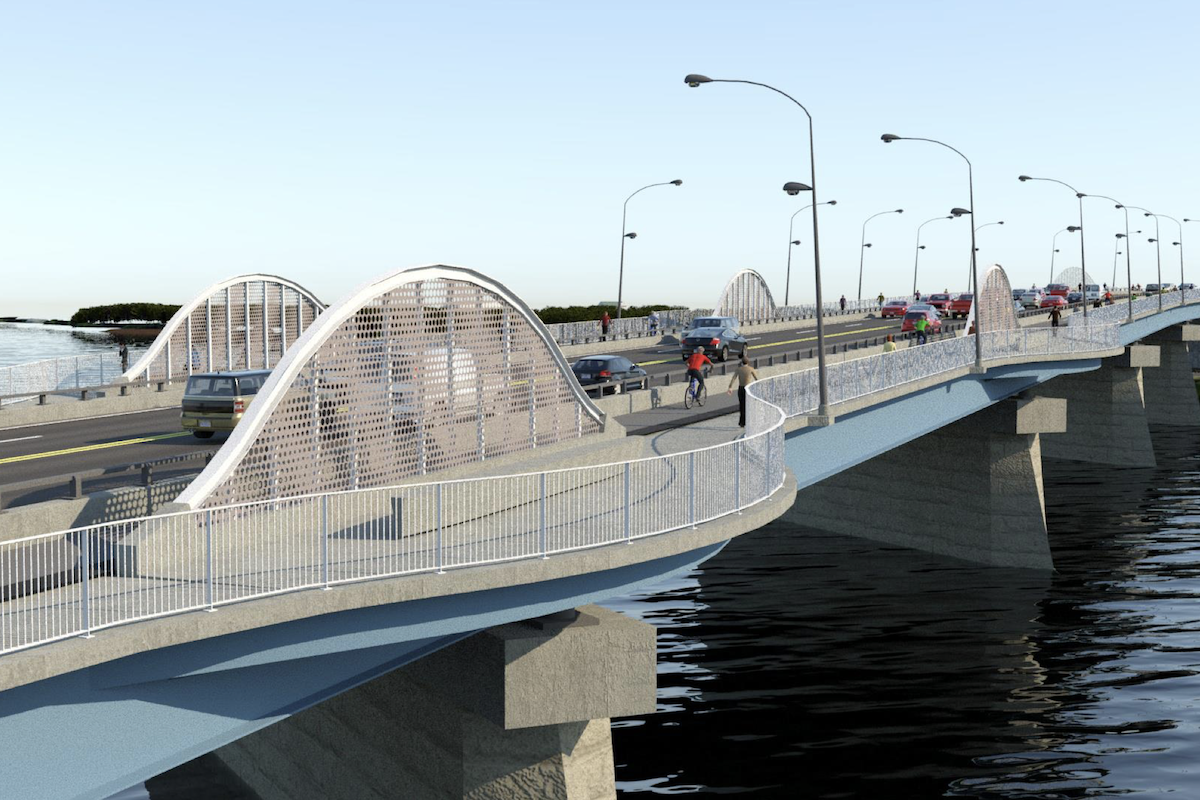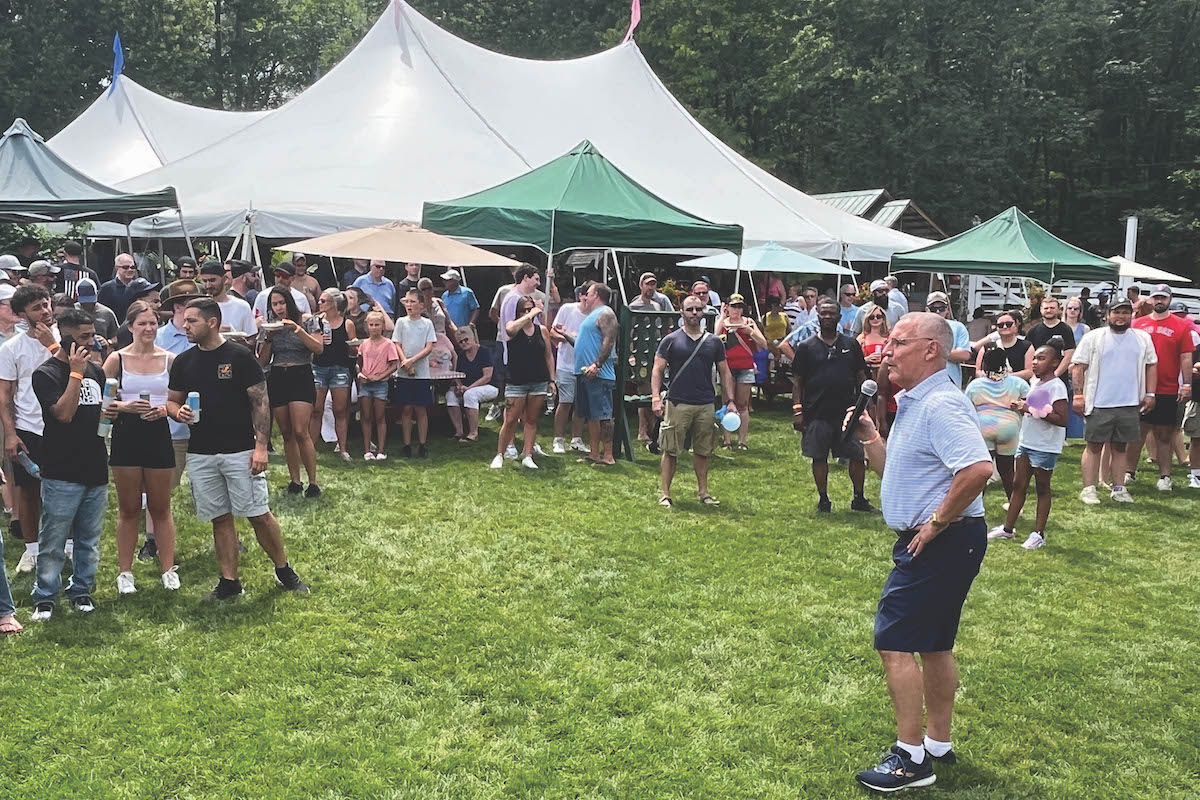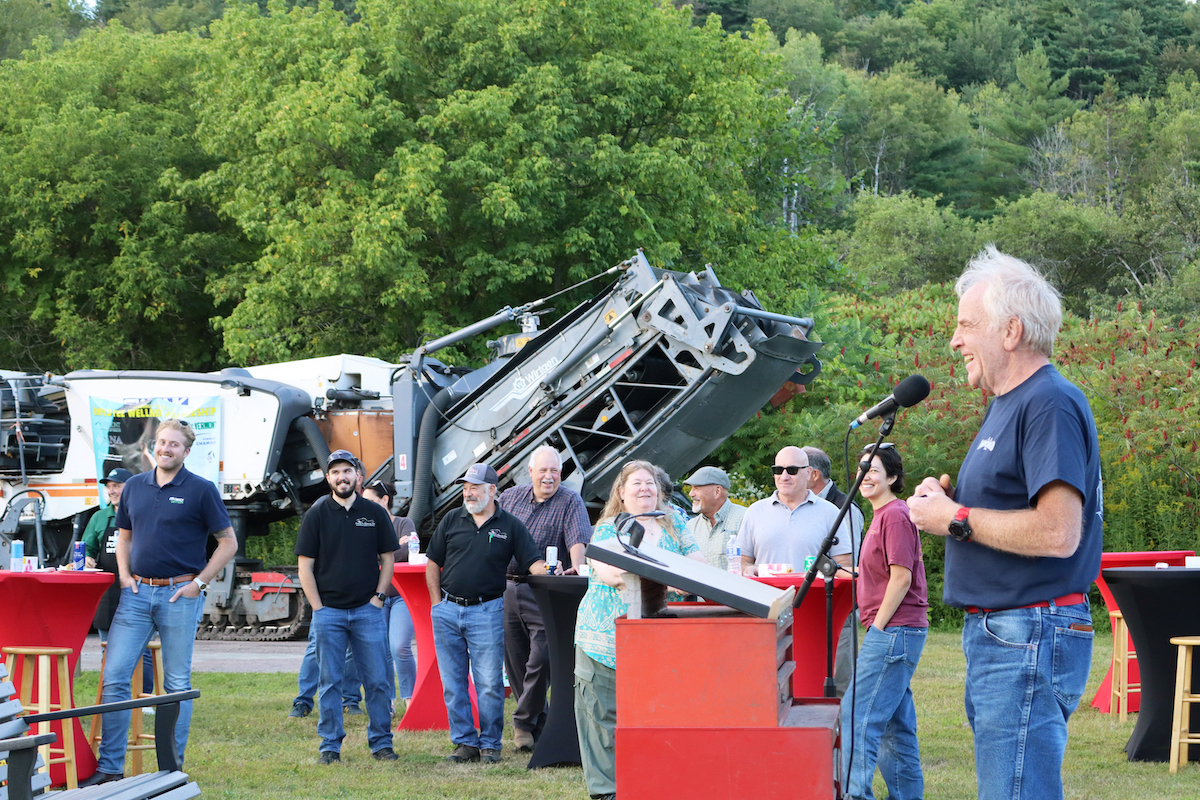PORTLAND, ME — State and federal transportation funding increases have allowed Maine to move forward with projects to improve the condition, reliability, and safety of the state’s transportation system. However, Maine continues to face significant transportation challenges. In order to continue to make needed improvements, the state will require continued, sustained, and predictable funding to invest in Maine’s infrastructure, rather than relying on a return to one-time or shorter-term funding infusions.
Roads and bridges that are deteriorated, congested, or lack some desirable safety features cost Maine motorists a total of $1.6 billion statewide annually — up to $1,824 per driver in some urban areas — due to higher vehicle operating costs, traffic crashes, and congestion-related delays. Increased investment in transportation improvements at the local, state, and federal levels could relieve traffic congestion, improve road, bridge, and transit conditions, boost safety, and support long-term economic growth in Maine, according to a new report released by TRIP, a Washington, D.C.-based national transportation research nonprofit.
The TRIP report, “Keeping Maine Mobile: Providing a Modern, Sustainable Transportation System in the Pine Tree State,” finds that throughout Maine, 19 percent of major locally and state-maintained roads are in poor condition, 15 percent of locally and state-maintained bridges (20 feet or more in length) are rated poor/structurally deficient, and 792 people lost their lives on the state’s roads from 2019 to 2023. Maine’s major urban roads are congested, causing significant delays and choking commuting and commerce. The TRIP report includes statewide and regional pavement and bridge conditions, congestion data, highway safety data, and cost breakdowns for the Bangor, Lewiston-Auburn, and Portland areas.
Maine drivers lose a total of $1.6 billion per year in the form of extra vehicle operating costs as a result of driving on roads in need of repair, lost time, and fuel due to congestion-related delays, and the costs of traffic crashes in which the lack of adequate roadway safety features, while not the primary factor, likely were a contributing factor.
The TRIP report finds that statewide, 19 percent of Maine’s major roads are in poor condition and 35 percent are in fair condition, costing the state’s motorists an additional $646 million each year in extra vehicle operating costs, including accelerated vehicle depreciation, additional repair costs, and increased fuel consumption and tire wear.

| Your local Case Construction Equipment Inc dealer |
|---|
| Monroe Tractor |
| Beauregard Equipment |
Fifteen percent of Maine’s bridges are rated poor/structurally deficient — the fourth highest share in the nation. Bridges that are rated poor/structurally deficient have significant deterioration of the bridge deck, supports, or other major components. Sixty percent of the state’s bridges are rated in fair condition, and the remaining 25 percent are in good condition.
Due to the COVID-19 pandemic, vehicle travel in Maine dropped by as much as 40 percent in April 2020 compared to vehicle travel during the same month the previous year. By 2023, vehicle miles of travel in Maine had rebounded to 1 percent above pre-pandemic levels in 2019. Congested roads choke commuting and commerce and cost Maine drivers $300 million each year in the form of lost time and wasted fuel.
Traffic crashes in Maine claimed the lives 792 people between 2019 and 2023. Maine’s overall traffic fatality rate of 0.89 fatalities per 100 million vehicle miles of travel in 2022 is lower than the national average of 1.26. The fatality rate on Maine’s non-interstate rural roads in 2022 was more than three times that on all other roads in the state (1.8 per 100 million vehicle miles of travel versus 0.57). Traffic crashes imposed a total of $1.9 billion in economic costs in Maine in 2023; traffic crashes in which a lack of adequate roadway safety features, while not the primary factor, were likely a contributing factor, imposed $641 million in economic costs.
Improvements to Maine’s roads, highways, and bridges are funded by local, state, and federal governments. Since 2018 Maine has invested $6.8 billion in highway and bridge improvements, including improvements to 6,200 highway miles with another 4,420 miles underway, and repairs to 366 bridges with active plans to repair another 289 bridges. Maine has also completed $155.8 million in bridge and rail line improvements on its railroad system, with another $69.5 million in improvements underway. And the state has invested $30.7 million in port improvements at the International Marine Terminal in Portland, with $12.3 million in additional investments underway. This investment will also allow the state to make various safety, mobility, and bike/pedestrian improvements, in addition to improving rail lines and port improvements at the Portland International Marine Terminal.

| Your local Wirtgen America dealer |
|---|
| United Construction & Forestry |
| WI Clark |
Nearly $7 billion in investment by the Maine Department of Transportation (MaineDOT) since 2018 has been vital in addressing the state’s need to preserve roads and bridges, improve traffic safety, and improve reliability for personal and commercial travel. In the state’s fiscal year 2024-25 budget, agencies supported by highway funds received an additional $165 million per year, which represents a significant step forward in providing sustainable and predictable funding that will allow MaineDOT to plan and implement needed improvements to the transportation infrastructure.
However, Maine continues to face significant transportation challenges. In order to continue to make needed improvements, the state will require continued, sustained, and predictable funding to invest in Maine’s infrastructure, rather than relying on a return to one-time or shorter-term funding infusions.
In addition to state transportation funding, the Infrastructure Investment and Jobs Act, signed into law on November 2021, will provide $1.3 billion in federal funds to the state for highway and bridge investments in Maine over five years, representing a 29 percent increase in annual federal funding for roads and bridges in the state over the previous federal surface transportation program.
“Additional state and federal funding has allowed Maine to move forward with needed improvements to its transportation network to make the state’s roads and bridges smoother, safer, and more efficient while boosting the economy and creating jobs,” said Dave Kearby, TRIP’s Executive Director. “While those improvements have been helpful, the state continues to face transportation challenges, and it will be critical that sufficient, sustained transportation funding is available to address these challenges.”




